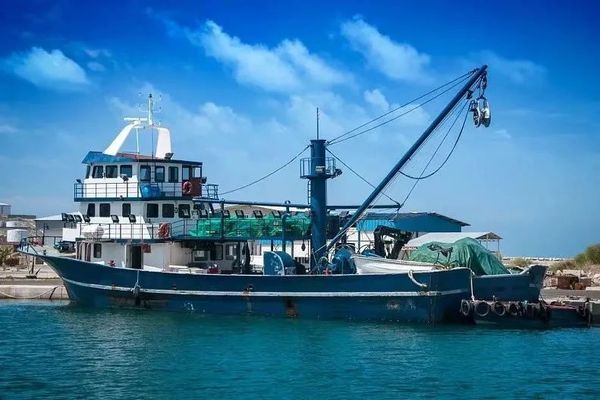Wanhua Energy Saving, Layout of Bio-based Marine Antifouling Coatings
marine biofouling causes billions of dollars in economic losses globally each year by damaging facilities such as ships and wind power platforms. The attachment of organisms like algae and shellfish not only increases energy consumption and corrosion risks of the equipment but also disrupts marine ecological balance. Traditional antifouling paints containing copper/tin, although effective in the short term, release heavy metals leading to the accumulation of copper ions in marine organisms, posing a long-term threat to marine biodiversity and endangering human health through the food chain.

Wanhua Energy Saving's innovative technology is centered on bio-based polyester resins, such as a blend of polylactic acid and polyhydroxyalkanoates. This material can be decomposed by microorganisms under certain conditions, reducing the impact of waste on the environment. By reasonably adjusting the ratio of polylactic acid to polyhydroxyalkanoates, a good balance can be achieved between anti-fouling properties, mechanical properties, and processing properties.
In addition, the technology emulsifies rosin resin to form a rosin emulsion that can dissolve better in water. In seawater, it slowly dissolves, and the toxins within the paint film can steadily seep into the seawater without producing a saponification layer during the dissolution process. The use of vinyl chloride-vinylidene chloride copolymer emulsion, due to the presence of the vinyl chloride base, has strong polarity and exhibits excellent adhesion and seawater resistance. A degradable organic antifouling system uses the environmentally friendly organic antifouling agent diuron, which has broad-spectrum, high-efficiency, and low-toxicity antifouling effects.
Public records show that Yantai Wanhua Energy Conservation was established in 2018, mainly engaged in the research, development, production, and sales of metal surface modified composite new materials, high-end solvent-free heavy-duty anti-corrosion environmental protection coatings, water-based industrial paints, and high-end environmental protection architectural coatings. Previously, it invested a total of 80 million US dollars (approximately 565 million RMB) to build an annual production capacity of 50,000 tons of metal surface modified composite new materials and high-performance environmental protection coatings project. According to Tianyancha App, Yantai Wanhua Energy Conservation is a subsidiary of Wanhua Energy Conservation Technology Group Co., Ltd.
【Copyright and Disclaimer】The above information is collected and organized by PlastMatch. The copyright belongs to the original author. This article is reprinted for the purpose of providing more information, and it does not imply that PlastMatch endorses the views expressed in the article or guarantees its accuracy. If there are any errors in the source attribution or if your legitimate rights have been infringed, please contact us, and we will promptly correct or remove the content. If other media, websites, or individuals use the aforementioned content, they must clearly indicate the original source and origin of the work and assume legal responsibility on their own.
Most Popular
-

List Released! Mexico Announces 50% Tariff On 1,371 China Product Categories
-

Nissan Cuts Production of New Leaf EV in Half Due to Battery Shortage
-

Mexico officially imposes tariffs on 1,400 chinese products, with rates up to 50%
-

New Breakthrough in Domestic Adiponitrile! Observing the Rise of China's Nylon Industry Chain from Tianchen Qixiang's Production
-

Dow, Wanhua, Huntsman Intensively Raise Prices! Who Controls the Global MDI Prices?






